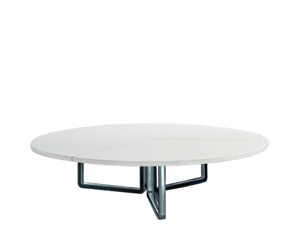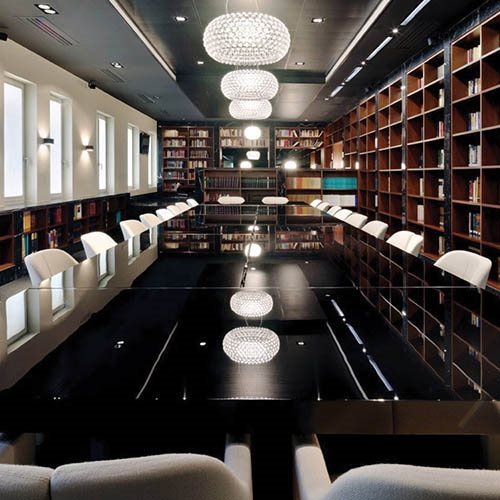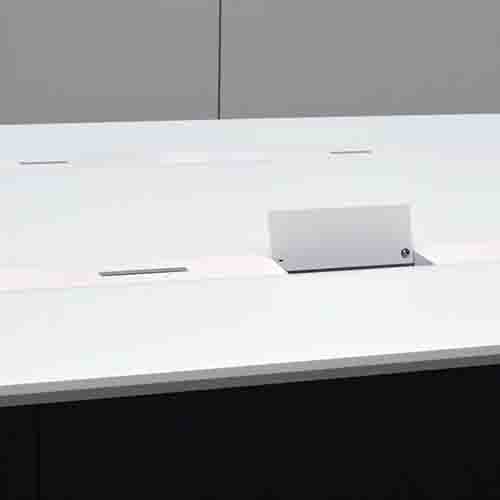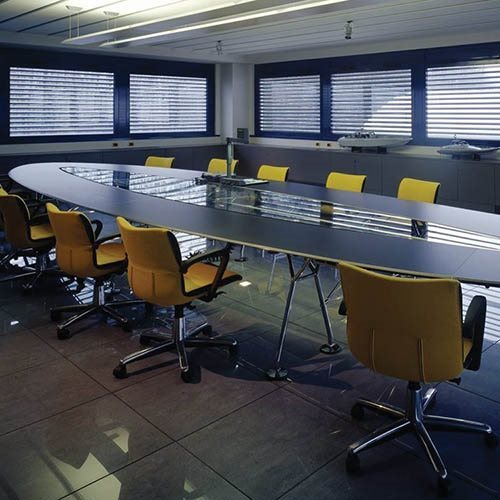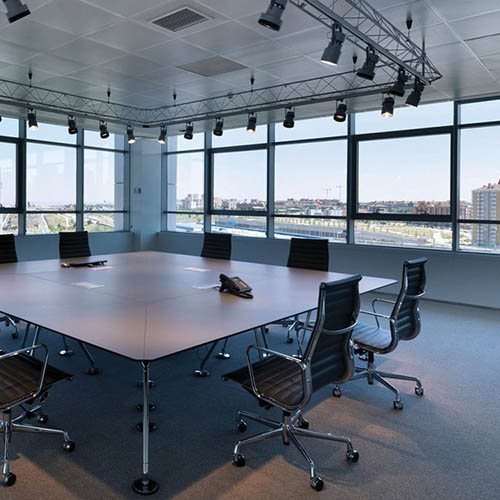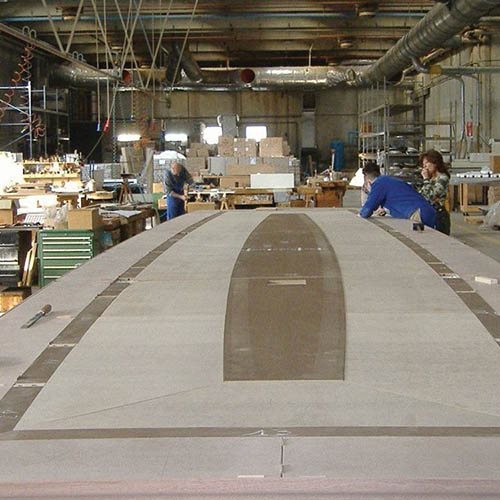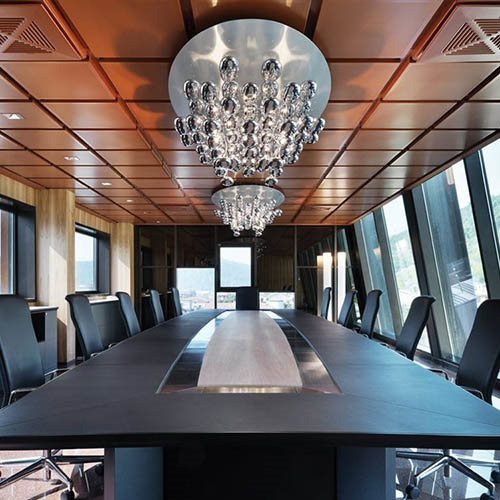- A+I Architecture plus Information
- Calvi Brambilla
- Centro Progetti Tecno
- Claudio Bellini
- Cosmas Bronsgeest
- Daniele del Missier
- David Rockwell
- David Rockwell I
- Elliot Engineering & Consulting
- Emilio Ambasz
- Eugenio Gerli
- Fabio Fantolino
- Gabriele and Oscar Buratti
- Gae Aulenti
- Goring Straja Architects
- Grimshaw studio
- HOK
- Jean-François Bodin
- Jean-Marie Duthilleul
- Jean-Michel Wilmotte
- Justus Kolberg
- Lievore Altherr Molina
- Luca Scacchetti
- Mario Bellini
- Matteo Fantoni
- Monica Förster
- Norman Foster
- Norman Foster Foundation
- Open Project
- Osvaldo Borsani
- Pasqualetti Design
- Pierandrei Associati
- Piero Lissoni
- Progetto CMR
- Rafael De la Hoz Castanys
- Rafael Moneo
- Rainlight
- Renzo Piano Building Workshop
- Ricardo Bofill
- Rodolfo Dordoni
- Shigeru Iwakiri
- Studio Daniel Libeskind
- ZAA Zanon Architetti Associati
- Zaha Hadid Architects
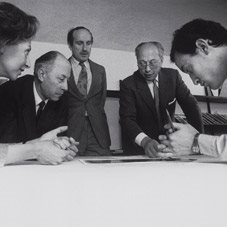
Centro Progetti Tecno
In 1970, industrial and communication design work was reorganised and the Tecno Design Centre set up.
While Osvaldo Borsani remained nominally in charge, day to day running was left in the hands of the architect Marco Fantoni, aided by some of Tecno's key figures in various roles. The formation of the Tecno Design Centre confirmed a decision that had already been taken within the company: that future designs should be presented as group creations, with a clear and easily identifiable communicative style.
The '70s and '80s were to prove two highly successful decades: the Modus chair won the SMAU Prize in 1973; the coordinated image for Alitalia's worldwide offices won the Compasso d’Oro in 1984; the WS public seating system was introduced and collaborations begun with many internationally famous architects and designers.
The new industrial designs introduced in this period coincided with the opening of a new, larger production plant in Varedo. Soon, the administrative and registered offices, which had always remained in Milan, were transferred to the new plant too.
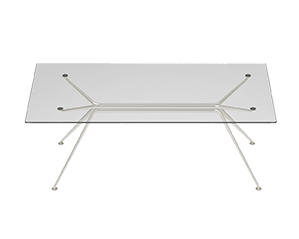
.png)
.png)
.png)
.png)
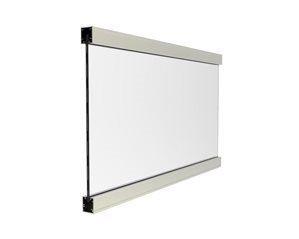
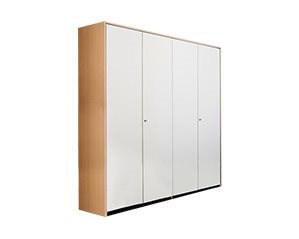
.png)
.png)
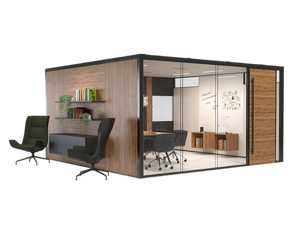
_-618139147.png)
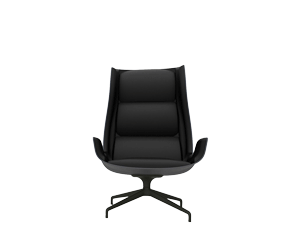
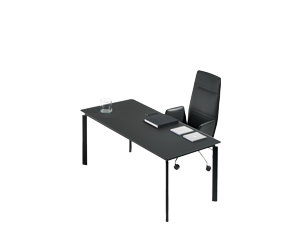
.png)
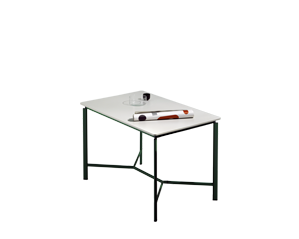
.png)
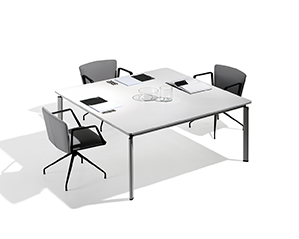
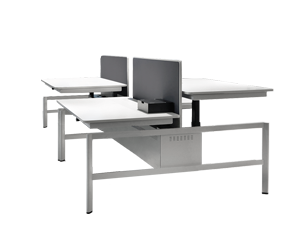
_25320102.png)
_229652543.png)
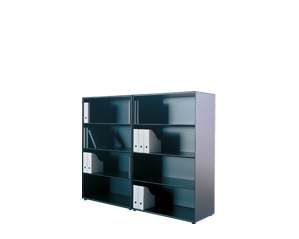
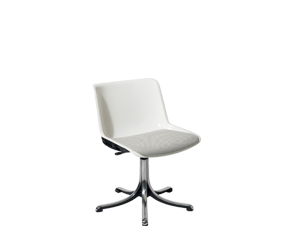
.png)
